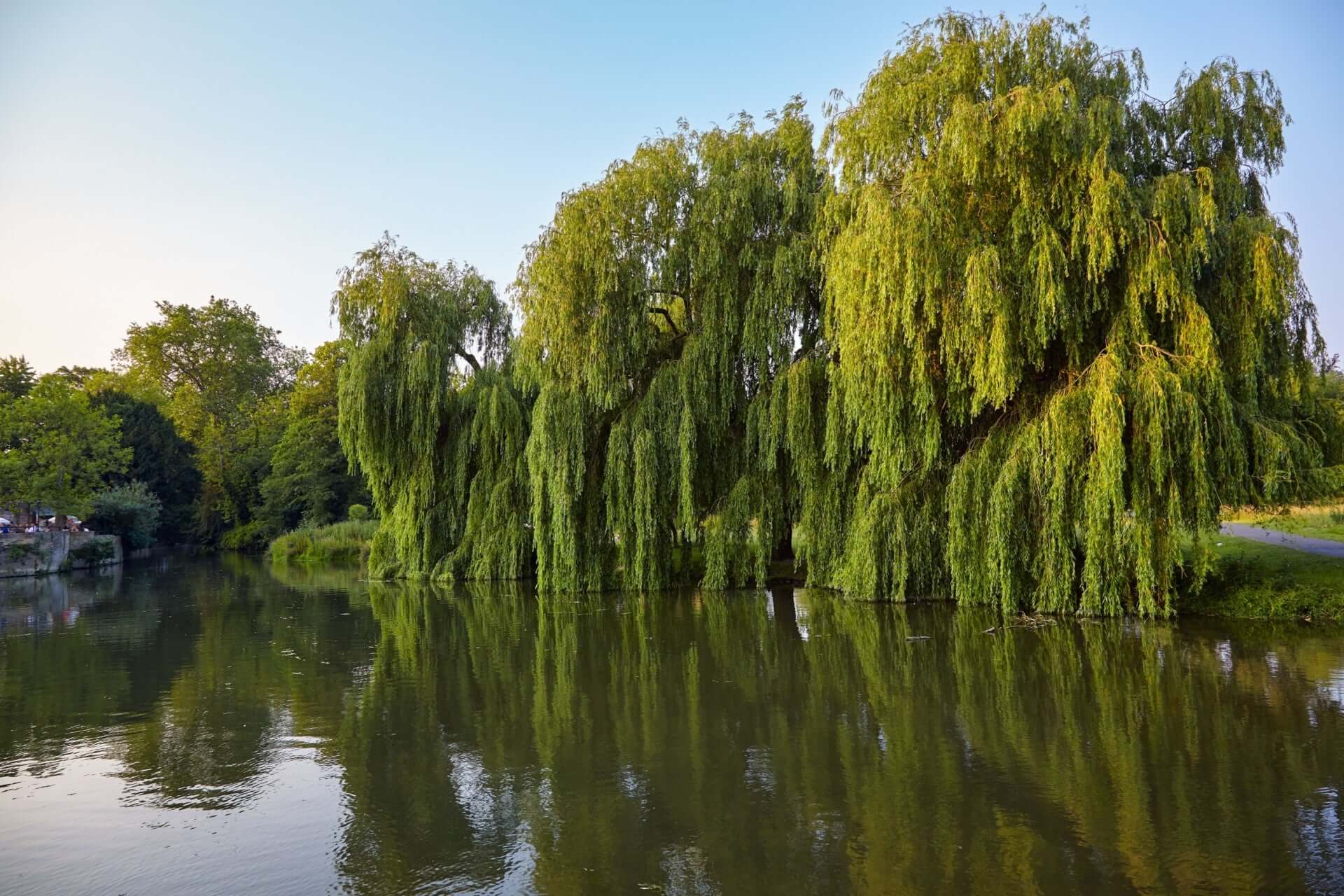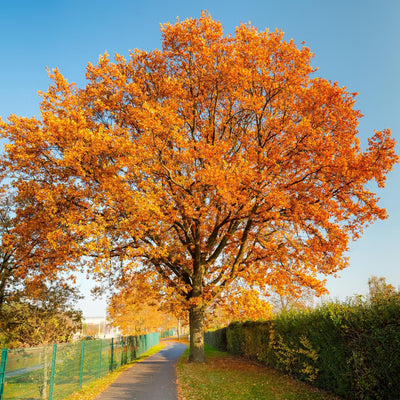What are the types of trees?
A stunning diversity in the world of trees unfolds, reflecting nature's adaptability and beauty. Trees can generally be classified into three types, each shaped by unique environmental conditions and fulfilling specific ecosystem roles. The first group, deciduous trees, is celebrated for its seasonal transformations. These trees shed their leaves each fall, creating a breathtaking display as foliage changes from lush greens to vibrant oranges, reds, and yellows. In winter, they stand bare, conserving energy until the warmer months return. Oaks, maples, and birches are some of the most beloved examples, adding rich seasonal dynamics to landscapes.
The second type, evergreen trees, remain clothed in leaves or needles the year, delivering consistent greenery even in the depths of winter. This type includes pines, firs, and spruces, often found in colder climates where staying evergreen allows them to capture sunlight year-round. Evergreens bring a timeless quality to landscapes, reminding us of nature's persistence and resilience. Conifers, which comprise much of the evergreen category, often grow in more compact, aerodynamic shapes to shed snow quickly, reflecting their adaptation to harsher environments.
Lastly, we have broadleaf evergreens, which combine the best of both worlds. These trees keep their leaves all year but have the broader foliage typical of deciduous trees. Species like magnolias and live oaks fall into this category. They thrive in warmer climates where winter temperatures don't drop low enough to necessitate shedding leaves. Their glossy, dense canopies make them excellent for creating lush, shaded spaces, while their broad leaves capture light efficiently.
What are the characteristics of a tree?
Regardless of species or type, every tree is defined by remarkable characteristics that make it resilient and vital to our planet. Trees stand tall with a single, woody, solid stem called a trunk, which allows them to grow to impressive heights and provides stability. The trunk comprises layers of bark, cambium, and heartwood, each serving an essential function. Bark acts as a protective shield, safeguarding the tree from pests, diseases, and environmental damage. Cambium, a thin layer beneath the bark, is where new growth occurs, while heartwood forms the sturdy core that supports the tree's structure.
Branches are another defining characteristic, extending outward to form the tree's canopy. This canopy is the primary site for photosynthesis, where leaves absorb sunlight and convert it into energy, sustaining the tree and releasing oxygen into the atmosphere. The diversity in branching patterns-from the sweeping limbs of an oak to the towering, conical shape of a pine-gives each tree species its unique silhouette and personality.
Root systems anchor trees firmly into the ground. Unlike their visible counterparts, roots spread deep and wide underground, sometimes extending farther than the canopy. Trees interact with an entire subterranean world through the roots, forming networks with fungi and neighboring trees, facilitating a natural communication system. This network strengthens the tree's resilience and its role within the ecosystem.
The final characteristic, leaves, are the powerhouses of the tree's growth. They vary dramatically in shape, size, and texture, yet all serve the critical purpose of photosynthesis. Deciduous trees often have thin, broad leaves that maximize sunlight absorption during their growing season. In contrast, conifers have needle-like leaves that conserve water, an adaptation to withstand colder, dryer climates. Each leaf type brings an aesthetic quality to the tree, enhancing its contribution to the landscape.
What do you call a group of trees?
When trees gather together, they create one of nature's most magnificent displays-forests, woodlands, groves, and stands. Each term describes a slightly different formation or density, but all share the everyday beauty of trees united. A forest, often dense and expansive, is a robust ecosystem that supports countless species. Forests have layers, from the towering canopy to the understory and forest floor, where each layer houses unique life forms, from birds and mammals to insects and fungi. Trees act as guardians within forests, creating a habitat for other plants and animals and stabilizing the soil.
Though similar, woodland is generally less dense, allowing more sunlight to penetrate, which supports a varied mix of shrubs, grasses, and ground plants. Woodlands offer a balance of open spaces and tree cover, creating dynamic landscapes where species coexist in harmonious balance. Conversely, groves are smaller clusters of trees, often of a single species, such as a grove of oaks or aspens. These intimate formations allow light and air to flow through, usually creating peaceful sanctuaries for wildlife and humans alike.
Each type of tree gathering plays a role in maintaining ecological balance. Trees collaborate in vast forests or small groves, forming underground and aboveground networks that support entire ecosystems. In these groupings, trees foster life, filter air, and provide homes, creating spaces as dynamic as they are vital.
What's the best use for a tree?
Trees' uses are as diverse as their forms, from supporting ecosystems to beautifying our surroundings. Through their leaves, trees filter pollutants and offer a renewable source of fresh air. This role becomes even more crucial in urban settings, where trees combat pollution, reduce urban heat, and improve residents' mental and physical well-being.
Beyond environmental benefits, trees are deeply tied to our cultural and personal landscapes. Gardens and parks offer tranquility, shade, and a sense of grounding. Planting a tree is often a symbolic gesture toward the future, as many trees will stand for decades, sometimes centuries, outliving the generations who planted them. Trees in gardens, such as flowering magnolias or majestic maples, add seasonal interest and offer refuge for birds, butterflies, and bees.
Trees also contribute to soil health, anchoring soil with their roots, which prevents erosion and maintains the landscape's structure. In agriculture, trees provide windbreaks, stabilize the ground, and offer shade for crops. In addition, fruit and nut trees yield food, supporting biodiversity and providing sustenance for humans and animals.
The beauty and resilience of trees remind us of nature's quiet strength and enduring presence. Whether standing alone in a field or gathering together in a majestic forest, trees enrich our lives, offering beauty, life, and balance. In a world where natural spaces are ever more valuable, trees stand as symbols of hope, life, and renewal, reminding us to nurture the very sources of our world's health and vitality.




